To get a garlic harvest in June, gardeners plant it in the winter. The ideal time for planting winter garlic is the third ten days of September - the first and second ten days of October, depending on the region. There are no special tricks in planting vegetables, but still many make typical mistakes, as a result of which they do not receive enough harvest. Let's look at these errors so we can take them into account in the future.
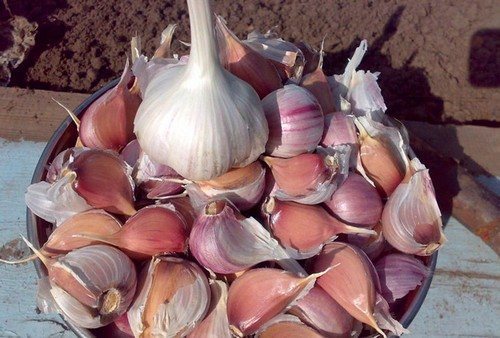
Wrong site selection
Garlic is very picky about soil and predecessors. Winter garlic is never planted in the same place as last year: the soil is at least allowed to rest for 4 years, and only then the garlic is returned to the site. In addition, it is not advisable to place the vegetable after planting potatoes, tomatoes, carrots and beets. But after harvesting zucchini, zucchini, cucumbers, parsley and cilantro, you can safely plant garlic; it will like this soil.
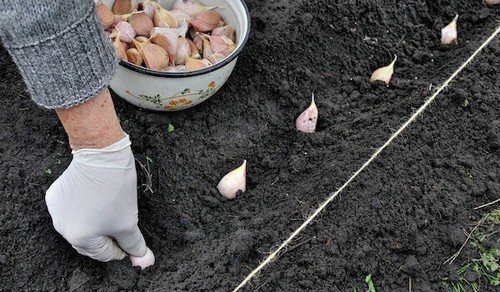
Dense sowing
Garlic cloves should be planted at a distance of at least 7–8 cm, and if the cloves are large, then up to 15 cm. This is done so that the plants do not interfere with each other’s development, because too frequent planting will lead to the formation of small, underdeveloped heads.
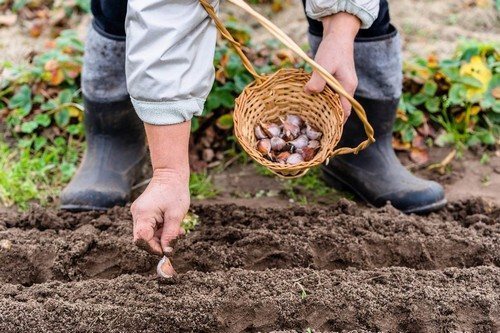
Rough and early preparation
Firstly, before planting, the garlic cloves are separated, but this must be done very carefully so that the husks are not damaged. If the seed material turns out to be “naked”, then it is better not to use it, but to leave it for preparing borscht. Only whole cloves are suitable for sowing.This is because the husk protects the plant from pests and pathogens; without it, there is a high probability that the clove will die.
Secondly, the division should be carried out immediately before planting, possibly in the evening. Cloves that have been lying around for a long time will quickly become dry and will not germinate.
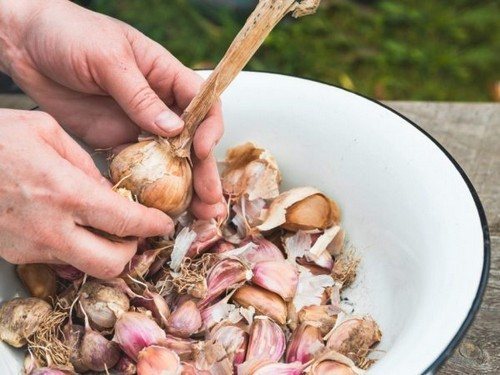
Plant without treatment
Seeds must be treated with disinfectants before planting in the ground. This will protect the seed from diseases and increase yield. The most common processing method is soaking the cloves in a light pink solution of potassium permanganate or 3% hydrogen peroxide for 1.5-2 hours. There are also professional products such as Ecosil, Fepin, Gaucho.
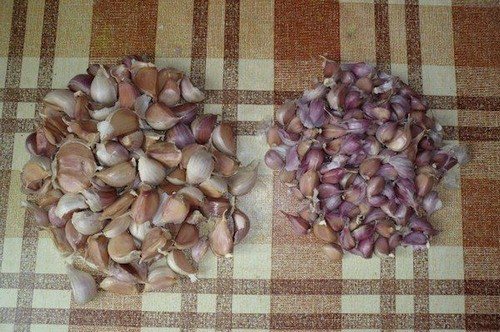
Nitrogen feeding
Nitrogen fertilizers are good for spring feeding of garlic in the spring, but applying them before wintering would be a big mistake. This is because nitrogen activates feather growth, which is not at all necessary before the onset of cold weather. If you want to fertilize the plant, it is better to apply phosphorus-potassium fertilizers.
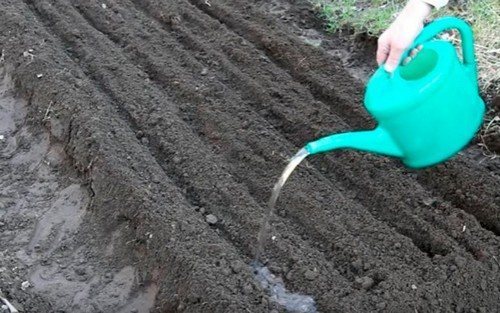
Garlic is a grateful and healthy vegetable, and to get a rich harvest, a gardener just needs to avoid making the listed mistakes.


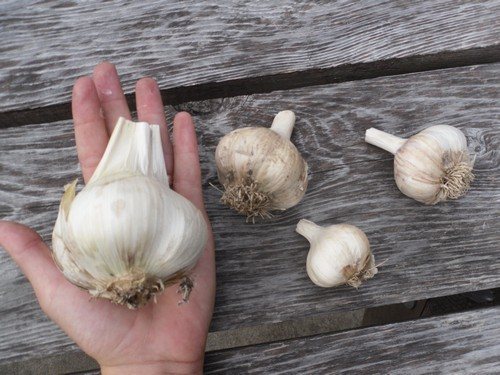
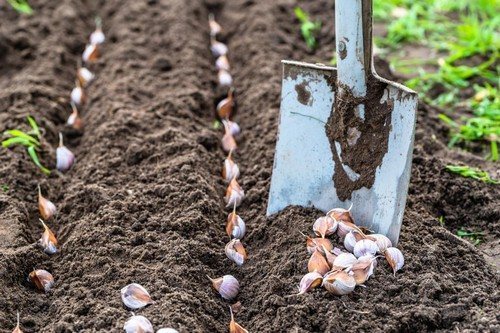
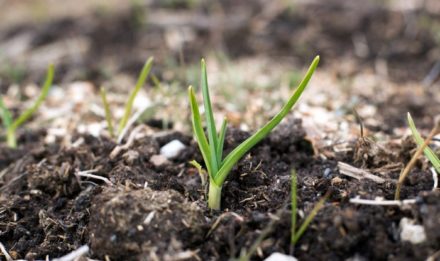
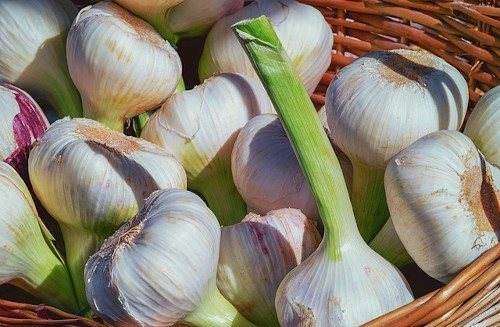
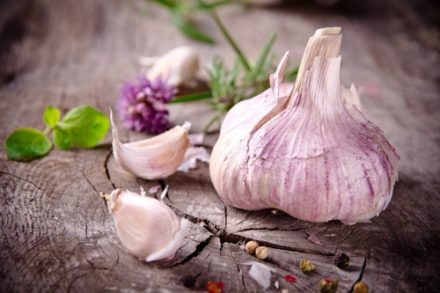
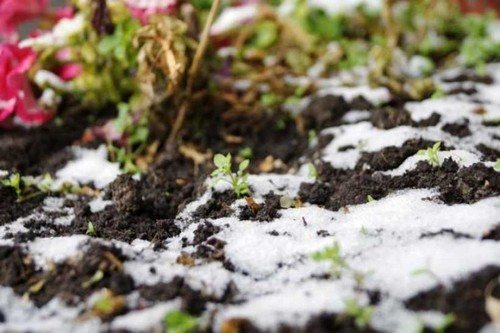
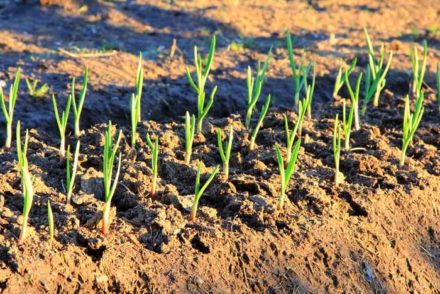
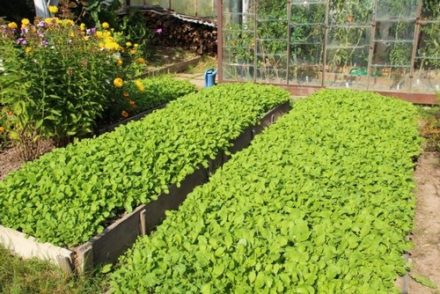

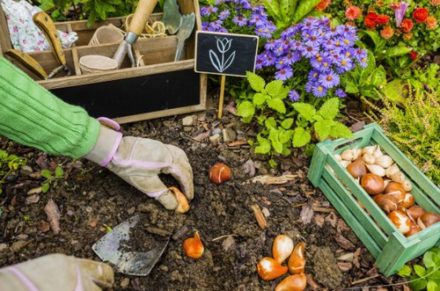

garlic is wonderful.
What other potassium and phosphorus compounds are there for garlic? Only organic!
It will grow without fertilizer!
There is no such word as planting! Immediately the desire to read disappeared.
I’ve been planting after carrots all my life, and that’s how it works. I dug up carrots, dug up the bed, added nitrophoska and the bed rested for 2 weeks. 25 or 27 (depending on the weather) I plant the cloves, sprinkle ash on top and mulch them with a small layer of humus. When frost sets in, covers the beds with film. In the spring, it begins to grow early and then we replace the film with acrylic, otherwise the shoots under the film may be warmed up by the bright spring sun. Garlic never gets sick. Thanks to all.
Apart from humus, we do not apply any fertilizers to any crop. Humus and ash are all the fertilizing.
Garlic is harvested not in June, but in July!
Dear author! There is NO word in the literary language: PLANT!!!!!!!! Garlic and everything else are PLANTED! There is no need to pretend to be illiterate village grandmothers (if there are any left).
It’s not true about the husks; I’ve been planting garlic without husks for 38 years, rejecting those with spots and spots that cause them to rot. The locals taught us that the harvests are excellent, diseased and damaged ones do not fall in, healthy garlic and no chemicals are needed for diseases.
At what depth should I plant?
village grandmothers do not plant and do not plant; they all sow garlic and onions and beets